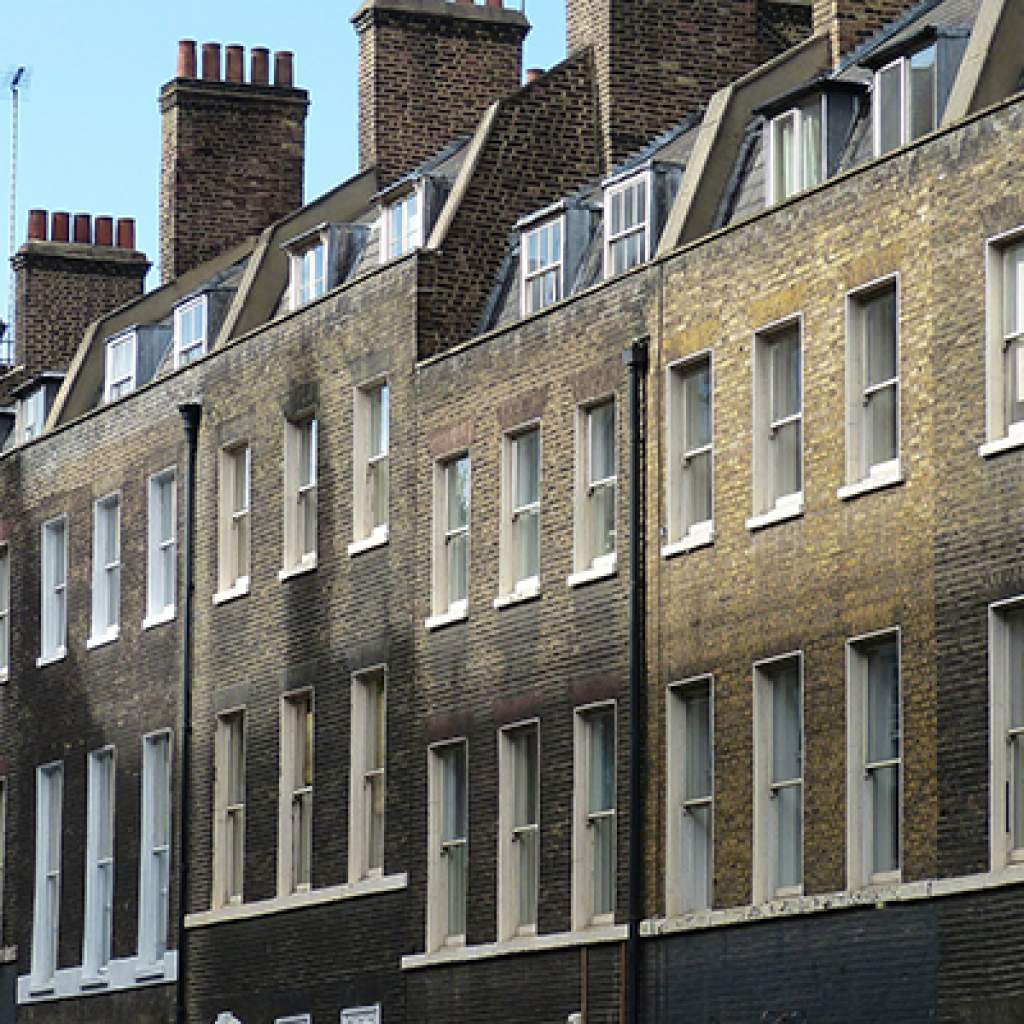- November sees 34,300 first-time buyer completions – up 15% compared to October and the highest monthly number since the recession
- Comes as average mortgage rate falls to four year-low of 3.92%, driving down mortgage repayments
- Average first-time buyer deposit falls 4% year-on-year to £25,991 in November
- Stamp duty changes would have seen first-time buyers in London save an average of £4,200
Falling mortgage rates powered a wave of first-time buyers in November, driving UK house completions to a post-recession record high, according to the latest First Time Buyer Tracker from Your Move and Reeds Rains.
November 2014 saw 34,300 first-time buyer completions, 15% higher than 29,900 in October and almost a third (30%) more than 26,400 a year ago. It was the highest monthly number of completions since August 2007 (35,300) and the first time in four months in which monthly completions topped the 30,000 mark.
The surge in first-time buyer numbers was helped in part by falling mortgage rates. The average first-time buyer mortgage rate was 3.92% in November, 0.27 percentage points lower than October (4.19%) as rates have dipped in response to low inflation and the continuously low base rate.
As a result, mortgage repayments have held steady as a proportion of income, even as purchase prices have risen. The average first-time buyer purchase price rose 4% year-on-year to £151,020 in November, but over the same period mortgage repayments have fallen from 20.9% to 20.2% as a proportion of income.
Adrian Gill, director of estate agents Your Move and Reeds Rains, comments: “Record low rates have set off a blast of first-time buyers over the last month, with the number of completions climbing upwards to reach a post-recession high. Mortgage rates are slipping downwards, helped by low inflation and growing certainty that an upwards revision of the base rate is moving away from the horizon of the New Year and deep into 2015. At the same time, wages have finally leapfrogged inflation – meaning people are starting to feel slightly richer – and repayments are shrinking as a proportion of their income.
“Not only this, further support for first-timers has arrived in the shape of the newbuild discount scheme for under 40s – an extension of Help to Buy which will encourage the regeneration of brownfield sites into first-time buyer homes. This is important. The economic recovery may have shone light onto London and the South East, but there are still many regions in which the effects are only being dimly felt – areas in which many first-timers are yet to see their finances turn a corner – areas in which they need options like Help to Buy in order to get a shot at becoming homeowners.”
Deposits falling year-on-year
The average first-time buyer deposit has fallen 4% over the last twelve months from £27,173 in November 2013 to £25,991 in November 2014. As a result, first-time buyer deposits now represent 67% of annual income on average – compared to 77% a year ago.
However, the most recent Mortgage Monitor from e.surv chartered surveyors found that lending to borrowers with a deposit worth 15% or less of their property’s value fell 7% month-on-month in November 2014. This followed higher LTV lending falls in October (-18.3%) and September (-5.0%). As a proportion of the market, higher LTV borrowers are also shrinking. Their share of total house purchase approvals fell to a ten-month low in November (13.5%) continuing declines in September (when it stood at 17.7%) and October (14.9% of the market).
Adrian Gill, director of estate agents Your Move and Reeds Rains, continues: “First-time buyer activity has been boosted by cheap rates over the last month, but there are early signs that lending has dropped off again, suggesting the pipeline of approvals is starting to dry up slightly. The mortgage market has been faced with a host of regulatory changes over the last year – including changes implemented in the Mortgage Market Review and LTI caps introduced in October. Mortgages are more accessible than ever, but the proportion of lending to higher LTV borrowers is falling away a little.”
Regional differences & stamp duty savings
The stamp duty reforms announced in the Autumn Statement will have the most pronounced effect on first-time buyers in London and the South East. In the capital, the average purchase price for first-time buyers was £290,158 in the three months to November. Under the new regime, first-time buyers paying this price would have been liable for stamp duty of around £4,500 compared to £8,700 before the graduated system was implemented – meaning savings averaging £4,200.
Similarly, first-time buyers in the South East paying an average of £196,853 would have been liable for stamp duty of around £1,440 compared to £1,970 under the old system – saving £530.
At the other end of the spectrum, the changes will have little effect on first-time buyers in regions where the average purchase price for a first home in below the lower stamp duty threshold of £125,000 – including Northern Ireland (£94,251), the North East (£108,000), Yorkshire & Humber (£117,275), Scotland (£118,518), Wales (£118,588) and the North West (£121,759).
Adrian Gill, director of estate agents Your Move and Reeds Rains, concludes: “The Government unveiled a revised stamp duty structure in the Autumn Statement, and this will further nurture demand at the lower end of the market. But while it will have a big impact in the capital, the changes will be less noticeable elsewhere – and in some areas where the average price of a first-time buyer property is still beneath the bottom tier, they may be negligible. Still, the media buzz surrounding the announcement has pepped up interest regardless.”




















